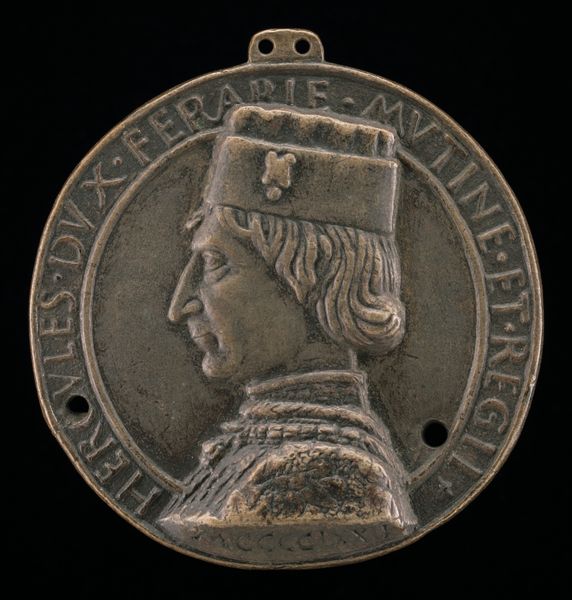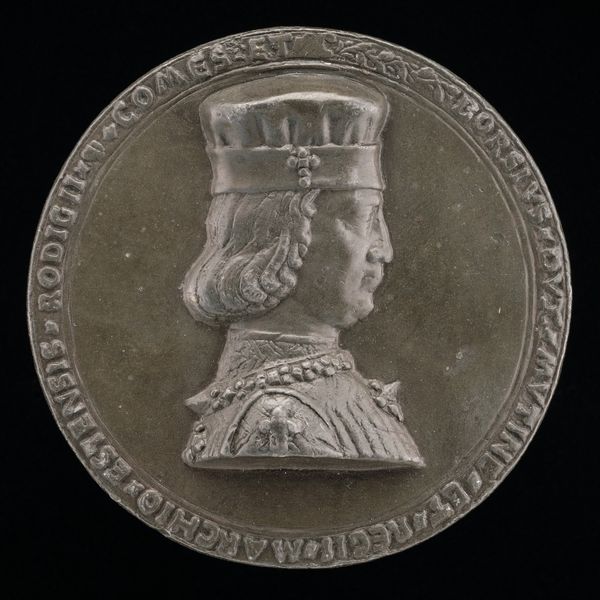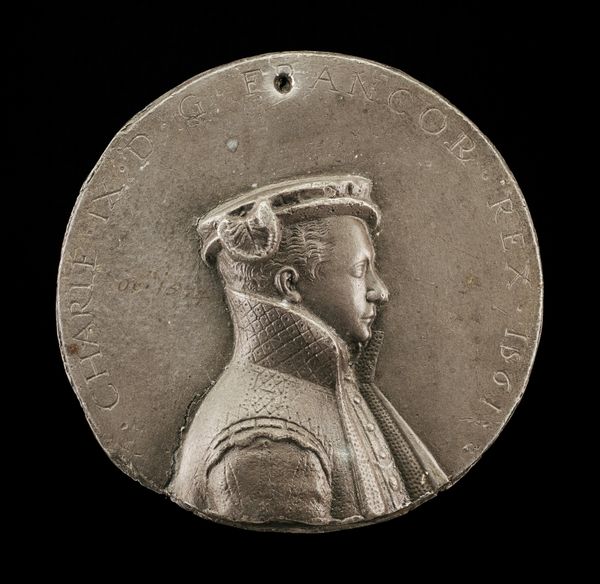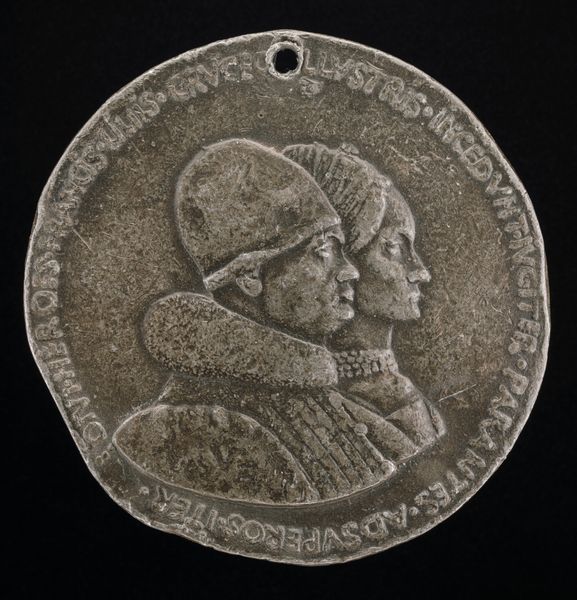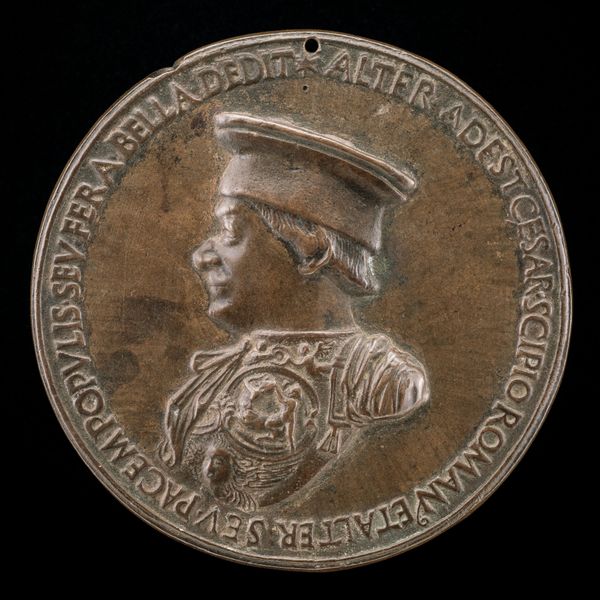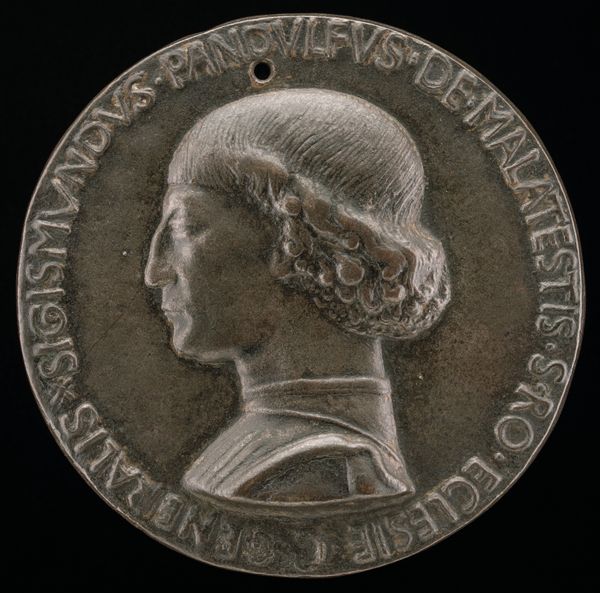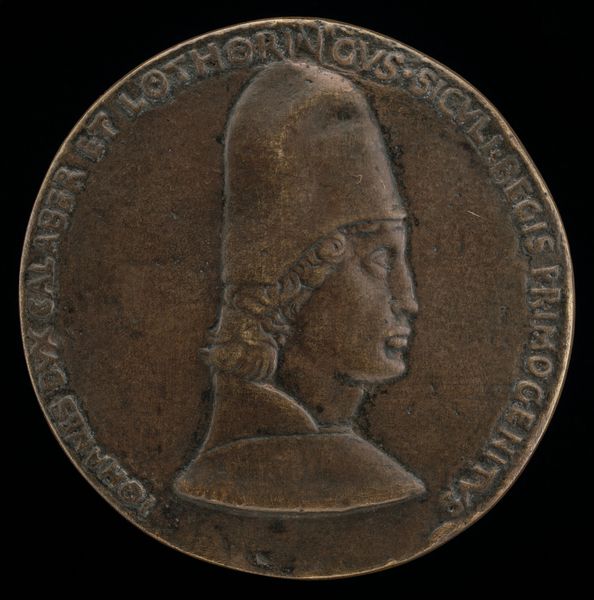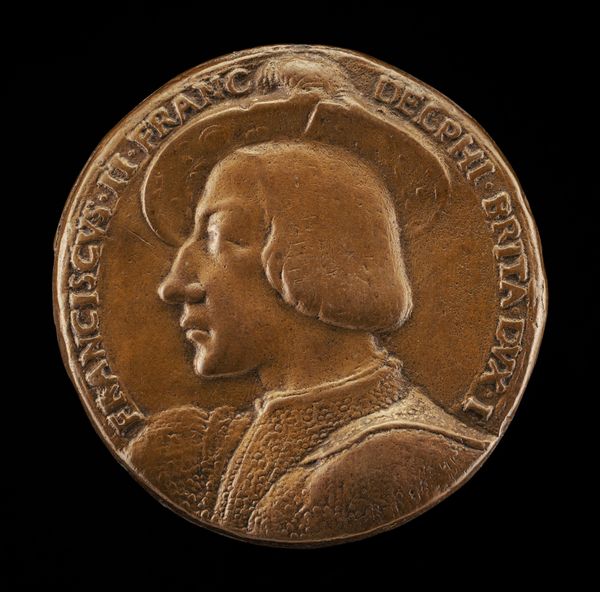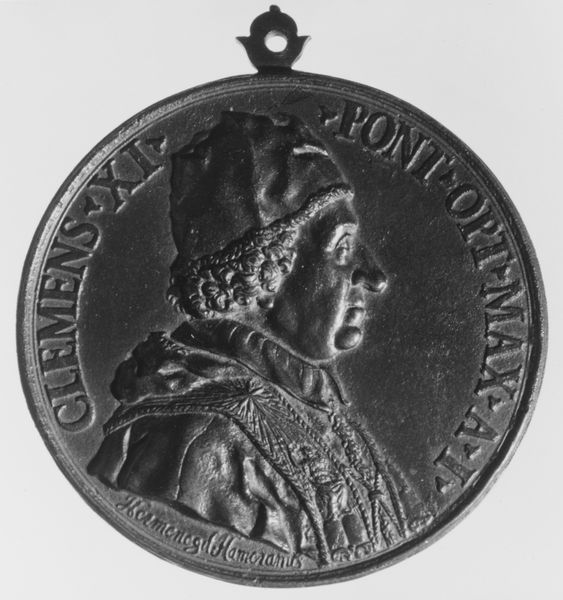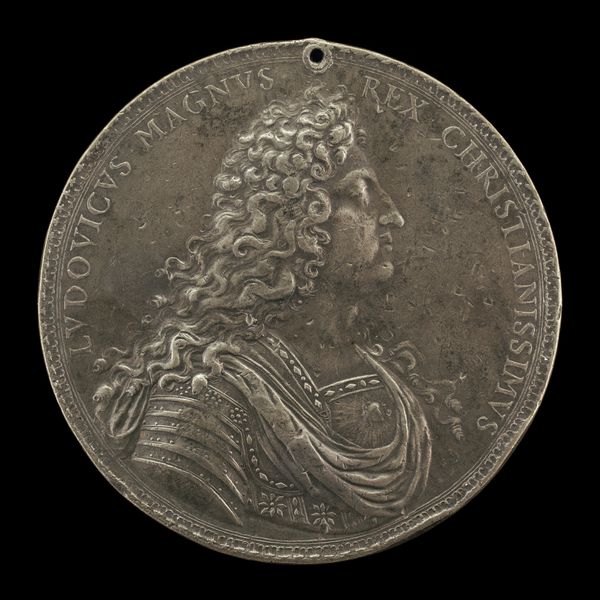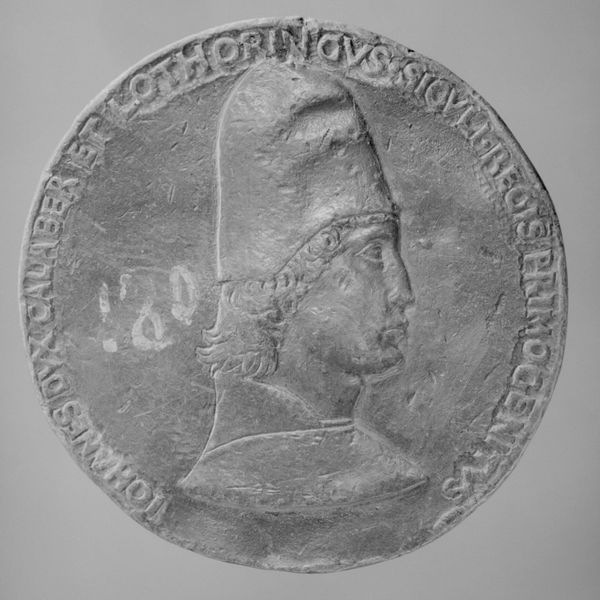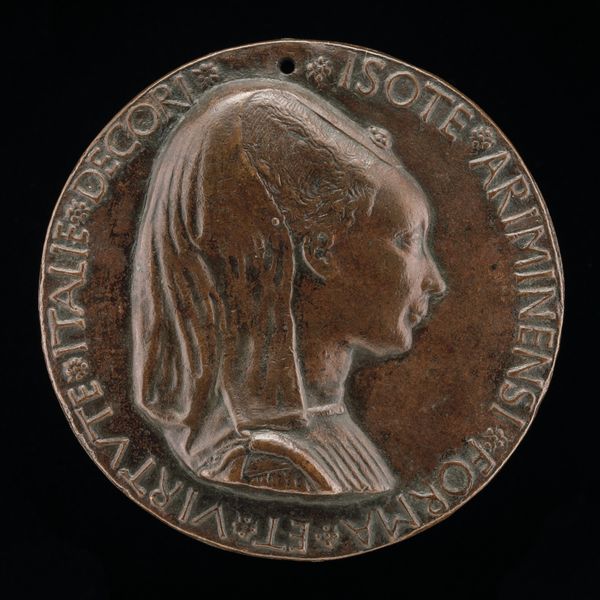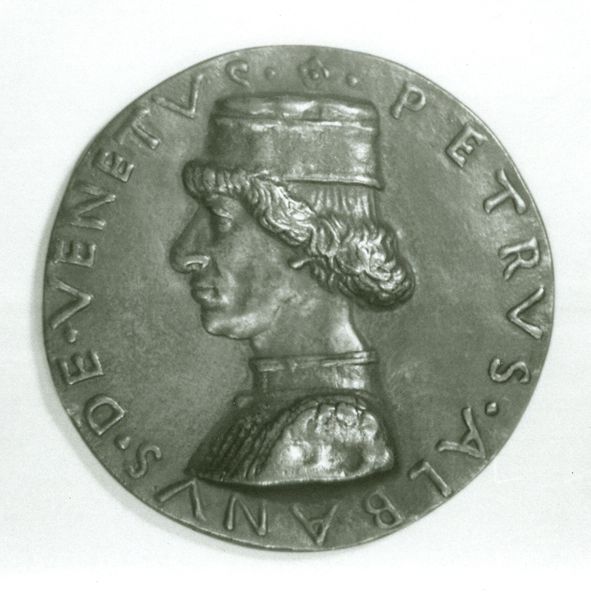![Borso d'Este, 1413-1471, Marquess of Ferrara 1450, Duke of Modena and Reggio 1452 [obverse] by Petrecino](/_next/image?url=https%3A%2F%2Fd2w8kbdekdi1gv.cloudfront.net%2FeyJidWNrZXQiOiAiYXJ0ZXJhLWltYWdlcy1idWNrZXQiLCAia2V5IjogImFydHdvcmtzLzA3NGMyNDQyLWI5YTUtNDVmYy1iOTgzLWVkODMyOTQzMGM2MS8wNzRjMjQ0Mi1iOWE1LTQ1ZmMtYjk4My1lZDgzMjk0MzBjNjFfZnVsbC5qcGciLCAiZWRpdHMiOiB7InJlc2l6ZSI6IHsid2lkdGgiOiAxOTIwLCAiaGVpZ2h0IjogMTkyMCwgImZpdCI6ICJpbnNpZGUifX19&w=3840&q=75)
Borso d'Este, 1413-1471, Marquess of Ferrara 1450, Duke of Modena and Reggio 1452 [obverse] 1460
0:00
0:00
relief, bronze, sculpture
#
portrait
#
medal
#
sculpture
#
relief
#
bronze
#
sculpture
#
italian-renaissance
Dimensions: overall (diameter): 9.67 cm (3 13/16 in.) gross weight: 322.57 gr (0.711 lb.) axis: 12:00
Copyright: National Gallery of Art: CC0 1.0
This portrait of Borso d’Este was made by Petrecino, most likely cast in lead, sometime in the mid-15th century. The artist would have worked using a lost wax process. They began by sculpting the design in wax. This would have been a highly skilled procedure, getting the likeness just right. Next, the wax model was encased in clay, heated to melt the wax away, and then molten metal was poured into the resulting mold. Once cooled, the clay was broken away to reveal the finished medal. We can see how the inherent qualities of the metal – its weight, its sheen – lend the image a sense of permanence and importance. Medals like this were not just art objects; they were tools of power. Borso d’Este clearly understood the value of being seen and remembered. By having his likeness reproduced in metal, he was literally stamping his authority on the world. This wasn't just a portrait; it was a carefully crafted piece of political theater.
Comments
No comments
Be the first to comment and join the conversation on the ultimate creative platform.
